Discover Ha Giang Loop’s Most Stunning Passes

Many people visit Ha Giang because they are captivated by the thrill of riding along winding roads, with deep chasms on one side and towering cliffs on the other. These roads are part of the famous Ha Giang Loop, a must-visit for adventure seekers.
Below are the top 6 most beautiful mountain passes on the Ha Giang Loop:
Ma Pi Leng Pass
It would be a huge omission to talk about the beautiful passes on the Ha Giang Loop without mentioning Ma Pi Leng Pass. Not only is it the most beautiful pass in Ha Giang, but it is also one of the four most beautiful passes in Vietnam, often referred to as the “king of passes.”

Ma Pi Leng Pass is about 20 kilometers long, with an altitude of around 1,200 meters, situated on the Dong Van karst plateau. The pass is famous for its winding, twisting paths along the mountainside, with steep cliffs on one side and deep chasms on the other.
Ma Pi Leng Pass is also known as the Happiness Road, built by 1,300 young volunteers and over 1,000 laborers from 16 different ethnic groups. After nearly eight years of carving, the road became operational. The Ma Pi Leng section alone took 11 months to complete, with the daring effort of 17 young men who hung themselves on the cliff to carve out each centimeter.
This is why whenever people mention this dangerous and beautiful pass on the Ha Giang Loop, they remember the blood, sweat, and sacrifices of the brave individuals who made it possible. True to its name, conquering the slopes, viewing the jagged cat ear rocks in all their odd shapes, and reaching the top of Ma Pi Leng will give you a deep sense of happiness with the breathtaking scenery before your eyes.
Additionally, while traveling along this pass, you can admire the Tu San Canyon lying beneath the mountain crevice that forms the Nho Que River, a river that winds gracefully like a green thread around the mountain’s foot.
Deo Gio (Wind Pass) Ha Giang
Deo Gio is a road with an altitude comparable to Ma Pi Leng, no less majestic due to its height and the wild, impressive scenery of the primeval forests on either side. This pass is a part of the Ha Giang Loop, offering a thrilling experience for travelers.

The first thing you’ll notice when starting to conquer Deo Gio is how steep the road is since it is built around the mountainside. For this reason, it is very narrow, wide enough for only two people on foot or a single motorbike. The winding road means you won’t have a clear view ahead, so you must be very cautious and prepared for unexpected surprises.
Another special feature of Deo Gio is the absence of protective barriers along the mountainside. If you are afraid of heights, avoid looking down. However, the scenery on both sides is incredibly captivating. The higher you go, the cooler the air becomes, with sprawling trees and the sound of flowing streams blending with the wind at a peak that feels like the top of a fortress wall separating Xin Man from other localities.
Ta Lang Pass
To reach the Tu San Canyon, part of the Ha Giang Loop, you have to traverse Ta Lang Pass. With an 8-kilometer stretch from an altitude of 1,500 meters down to the Nho Que River’s edge, you’ll be overwhelmed by 47 hairpin bends, half of which are switchbacks. The narrow road is just wide enough for two motorbikes to pass each other, with a cliff on one side and a deep chasm with clouds and mountains mingling on the other.
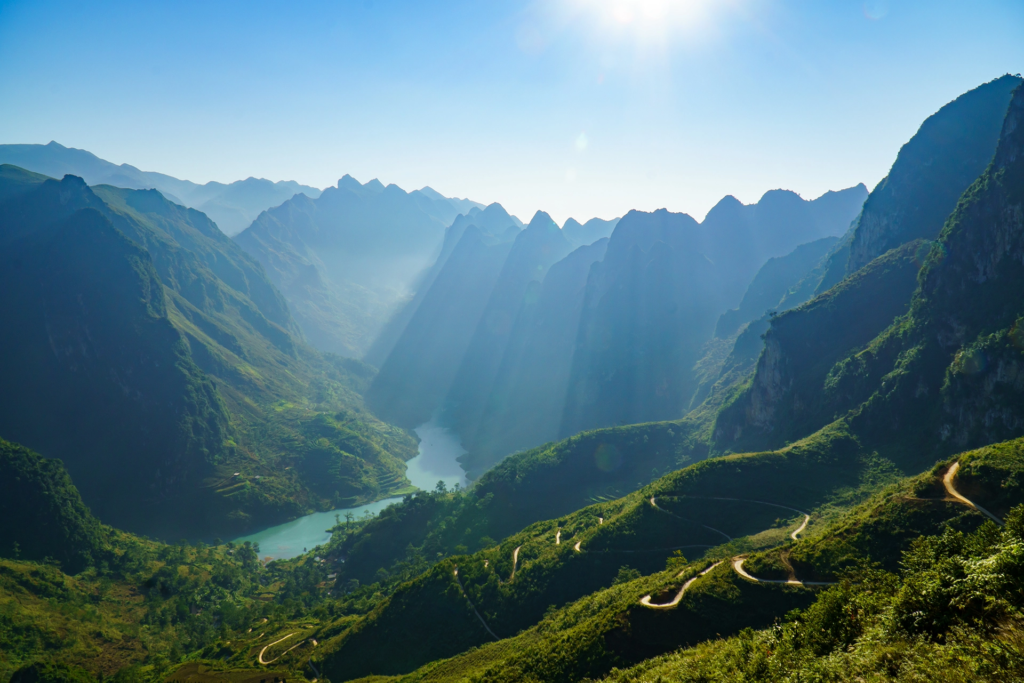
Many of the bends here are very steep and sharp, requiring motorbike riders to shift to first or second gear and constantly work both the foot and hand brakes. However, the scenery is so stunning, it feels like being in a fairyland. Following Ta Lang Pass, a sea of clouds opens up, embracing the undulating mountains, the meandering Nho Que River, roads, and houses nestled among the hills, with numerous majestic kapok trees standing proudly, welcoming the wind and sunlight.
If you have time, visit Ta Lang village, home to the Giay ethnic group. This small, peaceful village lies under the shade of blooming kapok trees. The locals are incredibly hospitable.
Tham Ma Slope
Located on a winding mountain road on National Highway 4C connecting Ha Giang city to Meo Vac district, Tham Ma Slope, about 5 kilometers long, is one of the most dangerous roads for motorbike enthusiasts on the Ha Giang Loop in particular and the northern region in general. Although not very high, the sharp bends, steep slopes, and narrow roads are enough to leave you awestruck.
Tham Ma Slope gets its name because, in the past, horses were almost the only mode of transport. To test a horse’s strength, people would load it with goods and make it climb from the base to the top of the slope. If the horse could make it, it was kept for production purposes. Tham Ma Slope can be roughly translated as the “Horse Testing Slope.”
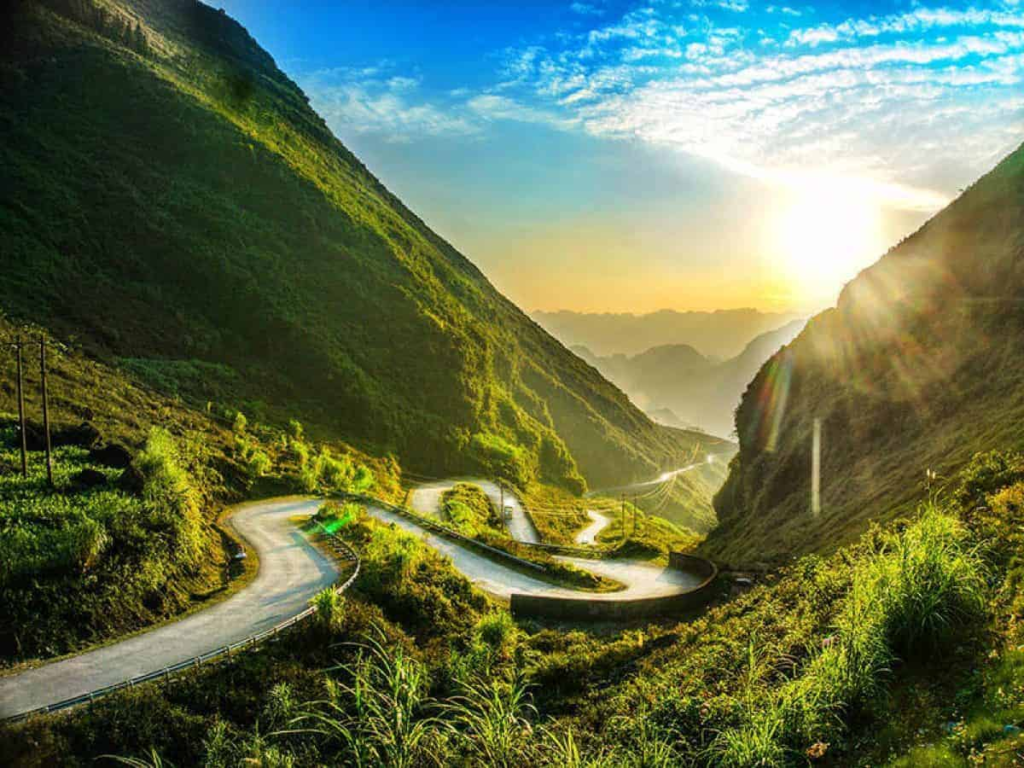
Looking down from above, Tham Ma Slope resembles a soft silk ribbon draped across the mountain’s back. From this slope, you can see steep stone walls standing tall on either side, seemingly ready to topple at any moment. Below lies an abyss, revealing the considerable height difference between Ha Giang and the lower regions. The 5-kilometer journey on Tham Ma Slope is truly a short yet exciting adventure for those who love thrills.
Bac Sum Slope
Bac Sum Slope connects Minh Tan commune (Vi Xuyen district) to Quyet Tien commune (Quan Ba district) and is one of the most winding, snaking slopes on the Ha Giang Loop. Besides its soft, graceful curves like a silk ribbon, Bac Sum Slope is also quite dangerous, with numerous switchback turns—this is a challenge that excites young adventurers who love exploring and conquering nature. Bac Sum Slope is compared to Pha Din Pass, one of the four great passes of Vietnam.
Bac Sum Slope is also known as the historical slope because it used to be a major communication route for our army during the resistance against the French, significantly contributing to the success of the war.
Along the slope, there’s a special type of rock known as “orphan stones.” These rocks tumble down, leaving potholes along the road. If you pass by, be sure to observe, especially on rainy days.
Nine-Bend Slope
Many people confuse Bac Sum Slope with Nine-Bend Slope. In fact, Nine-Bend Slope is a section of Bac Sum Slope, connecting Pho Cao to Sung La. Nine-Bend Slope is an important part that adds to the charm of Bac Sum Slope.
As the name suggests, this slope features nine bends, with five sharp switchback turns that are very challenging. To conquer it, you need to be an experienced rider with a high level of concentration, especially on rainy, slippery days.
From the mountain road, you can see terraced fields cascading down the hillside, with scattered houses dotted across the slopes.
For those captivated by Ha Giang’s buckwheat flowers, this is a unique opportunity, as the area around Nine-Bend Slope is abundant with buckwheat fields, particularly during the peak blooming season in November and December.


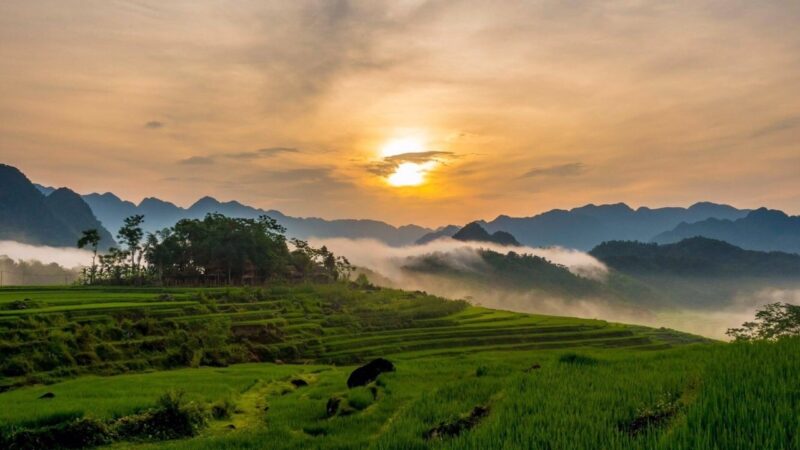
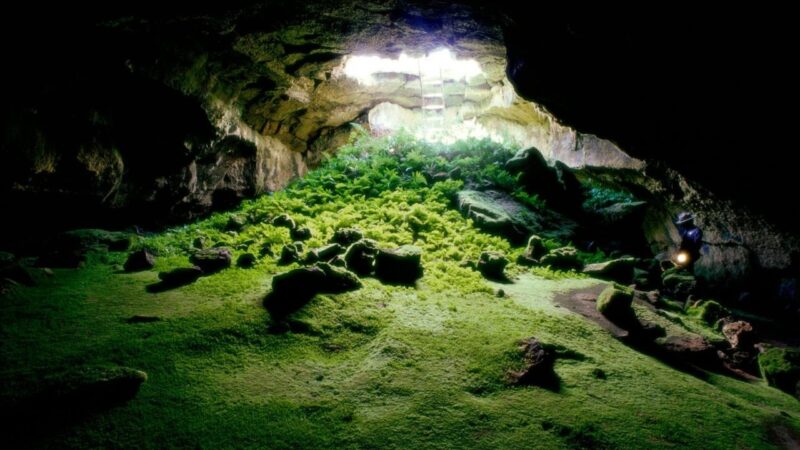
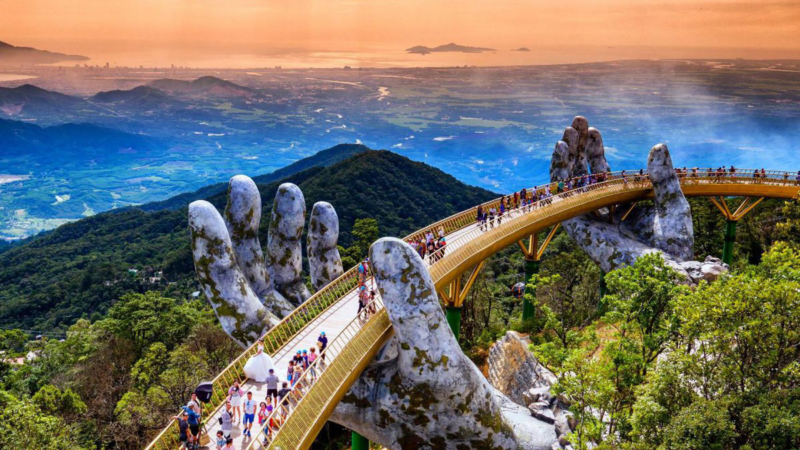

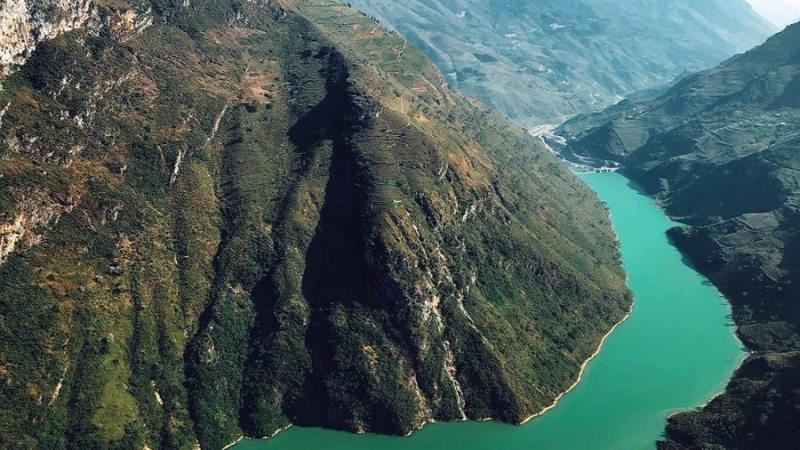

One thought on “Discover Ha Giang Loop’s Most Stunning Passes”